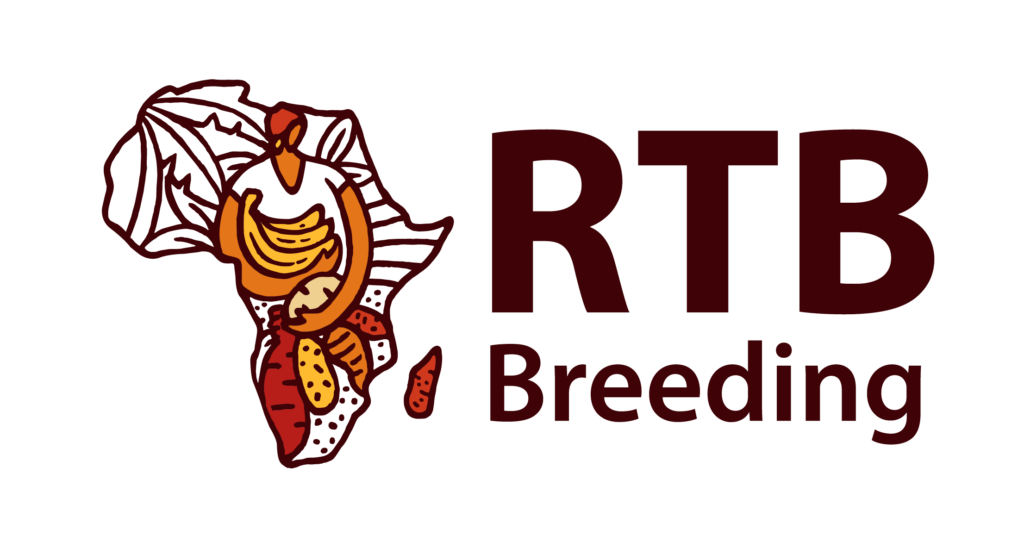Although yam is the most important and valuable crop in Africa, its genetic composition is poorly understood. While this hurts food security, a young Nigerian molecular breeder sees the tuber crop as one of the most promising fields of study and development.
Article by Stefan Möhl (CIP), 26.03.2024
“The Igbo people in south-eastern Nigeria say yam is food, and food is yam,” says Dr. Agre Paterne, a molecular breeder with IITA in Ibadan, Nigeria, and member of the RTB Breeding network. Yet the 36-year-old adds that “for the rest of the country yam is money”.
Yam, a staple crop in Western Africa, has transformed into a lucrative cash crop, holding significant economic promise for the region. Projections suggest its value could reach almost 90 billion USD over the next 30 years, making it the most valuable crop on the continent. With 96% of its global production mostly in the hands of small holders in Western Africa, there is a compelling narrative to uplift one of the most impoverished regions.
Yet scientifically, the tuber has been neglected. Compared to other crops, yams are genetically complex, and the genome is difficult to analyse. Molecular breeders like Paterne hope to find valuable traits for disease, tuber quality and climate resilience in wild yam relatives that could be used in developing improved varieties for cultivation. Of the 600 known yam species, only the reference genomes for two species have been identified, which leaves a genetic treasure trove to be studied.
Paterne has recently been awarded the Next Gen Leadership Award of the Advances in Genome Biology and Technology Conference (AGBT) in Orlando, Florida, together with a grant to support the sequencing of additional yam species: “For me the most pressing question is how to develop climate-smart and resilient varieties. For that I need to do more advanced research to better understand the evolution of yam and develop pan-genome research”.
In contrast to other RTB crops, yam cultivation also remains a complex and demanding process. The tubers need to be planted into specialized mounds of soil at the onset of the rainy season. Each vine requires individual support provided by stakes for maximum productivity. The labor-intensive process involves land clearing, tilling, staking of vines and weeding – all tasks that are hard to mechanize and need to be done by hand. Again, genetically improved yam varieties that propagate primarily through seeds and not vines could provide remedy.
So long another proverb of the Igbo holds true: “A lazy person cannot cultivate yam.” Despite the challenges, shipping companies in Ghana started regular supply runs to meet rising demand in the US and European markets. Global yam prices have surged to 1.60 USD per kilogram in 2024, raising concerns about economic speculation. However, Paterne, remains optimistic: “I don’t see that as a problem. I see an opportunity for small holders. There is so much attention right now. If you can make millions of Naira by growing yam, why wouldn’t you?”
]Deeply embedded in African culture, yam is undergoing a transformation from a traditional staple to a valuable cash crop mirroring similar development for other RTB crops. As global demand rises, there is a unique opportunity for small holders to benefit, and drive economic growth and food security in the region.
